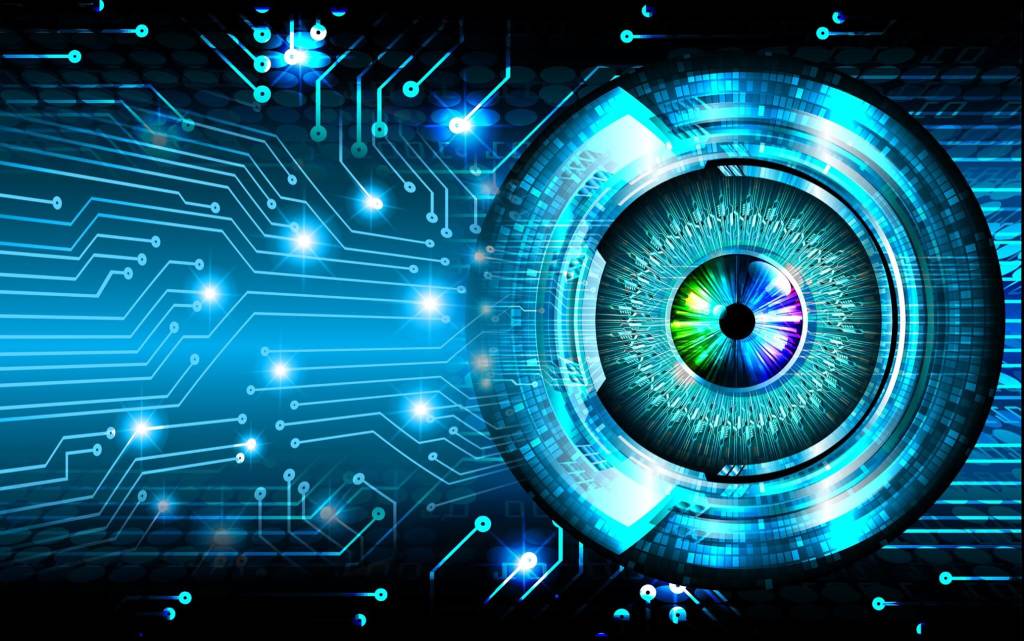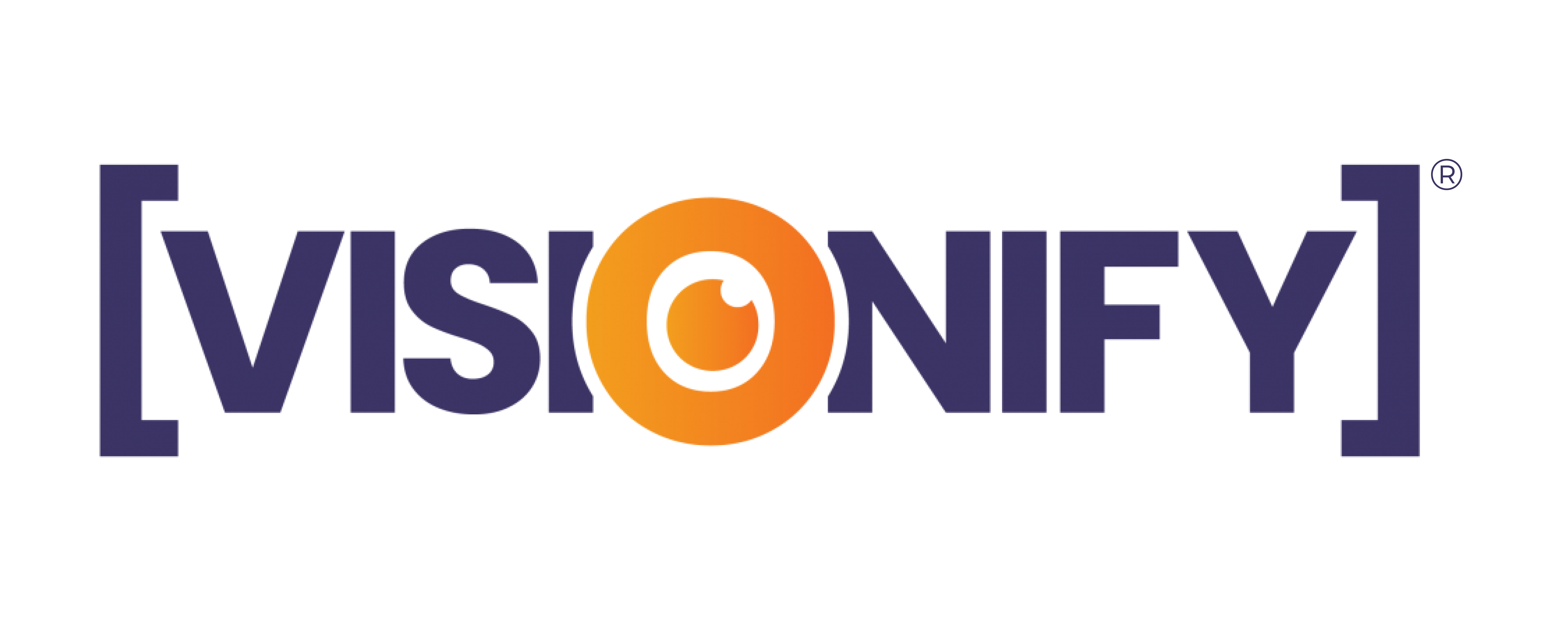
Computer vision is a science of Artificial Intelligence that enables computers to understand digital images or videos. Computer vision algorithms can process digital imagery to detect and analyze structures and have features such as faces and other objects in the images. Computer vision differs from computer graphics, image processing, and biomedical imaging, as it seeks to provide information about the world rather than merely manipulate pictures.
Computer Vision Trends 2022
Edge Computing
Edge computing plays a vital role in computer vision applications. It allows us to overcome problems of Big Data; it improves the overall accuracy of those applications. Hence, many companies have started to build their edge computing infrastructure, especially for real-time applications that require the quick processing of significant amounts of data.
It’s about moving data processing to the source of creation. It takes cloud computing, brings it closer to the data source, and applies advanced technology wherever needed. The result is that we can process and analyze data on edge within milliseconds while keeping it secure and intact.
In other words, the computing task occurs closer to where it is needed, reducing bandwidth usage.
Data Bridge Market Research says the Global computer vision technologies market is expected to reach approximately USD 23.00 billion by 2027.
Computer Vision as a Service
It is a service that uses computer vision algorithms to recognize objects or faces in images. CVAAS can offer several benefits to its users. First, they get a fully functional and ready-to-use product that has already been designed and tested by the service provider. The customer could use the results of this process on their website to adapt it to their needs or create additional services based on recognition technology, like personalization or recognition of celebrities.
In addition, CVAAS components are used in complex server-side systems for essential applications where security and privacy are crucial, such as online banking.
Data-centric Computer Vision
Data-centric computer vision (or just data-centrism) is a new perspective to view, interpret, and understand the world around us. Data-centric vision is an interdisciplinary approach that involves machine learning, computer vision, and human-computer interaction. It provides a method to interpret and understand images based on data generated from machines rather than the world’s physical properties.
Data-centric approaches (based on deep learning) require enormous amounts of labeled data to train existing methods. While massive datasets are becoming increasingly available, in many cases, labeling is costly, tedious, and requires manual intervention, which can make it slow or even impossible since human labeling is limited in scale. A possible solution is to augment available data with new labeling operations performed by an artificial intelligence (AI) system; we call these unique operations Data coloring.
Data Annotation
Data annotation is the process of manually labeling or ‘annotating’ images to provide additional information for computer vision algorithms. Everyday data annotation tasks for computer vision include recognizing and verifying objects, activities, and scenes and consistency checks on the dataset itself.
It is defined as adding information using a form by clicking on the target and providing supplementary information to the computer vision algorithm.
Advances in Computer Vision
Predicting Driver Personality
Imagine a car that would understand its driver. Not to the extent of reading her mind, but enough that it would know more about her than she knows herself. With such an understanding, autonomous cars could do more than obey the road rules—they could adapt to each driver’s unique driving style and adjust themselves accordingly. So, for example, a car guides you home in rush hour traffic that knows how you like to drive and takes city streets instead of highways to avoid traffic jams. In the same way, a car that knows what you want to listen to turns on your favorite music right before you get in, so you’re in a good mood while driving.
Driver personality identification is a critical part of the connected car system in understanding a driver’s attentiveness and reaction towards a crucial situation. This system implements and evaluates a vision-based driver behavior analysis model for accurate driver identification. The approach used in this experiment is to detect the person’s face, analyze their facial behavior and then compute their driver personality based on the identified emotions using the Machine Learning technique.
Source: Robo Valley
Conclusion
Computer vision is a part of computer science that is fast developing. Driven by the fact that computers are now easily powerful enough to process visual information coming from digital cameras, tomorrow’s cameras and smartphones will get microphones, GPS receivers, and all kinds of sensors, bringing computer vision closer to reality. As a result, there will be many novel research opportunities, as there always are, but no doubt, new software solutions to help us understand the world better.
Visionify provides computer vision solutions and computer vision services. We help companies recognize images, faces, and objects of interest to detect behavior and patterns. We have experienced AI software engineers who provide computer vision solutions. Call us to get a live demo.

